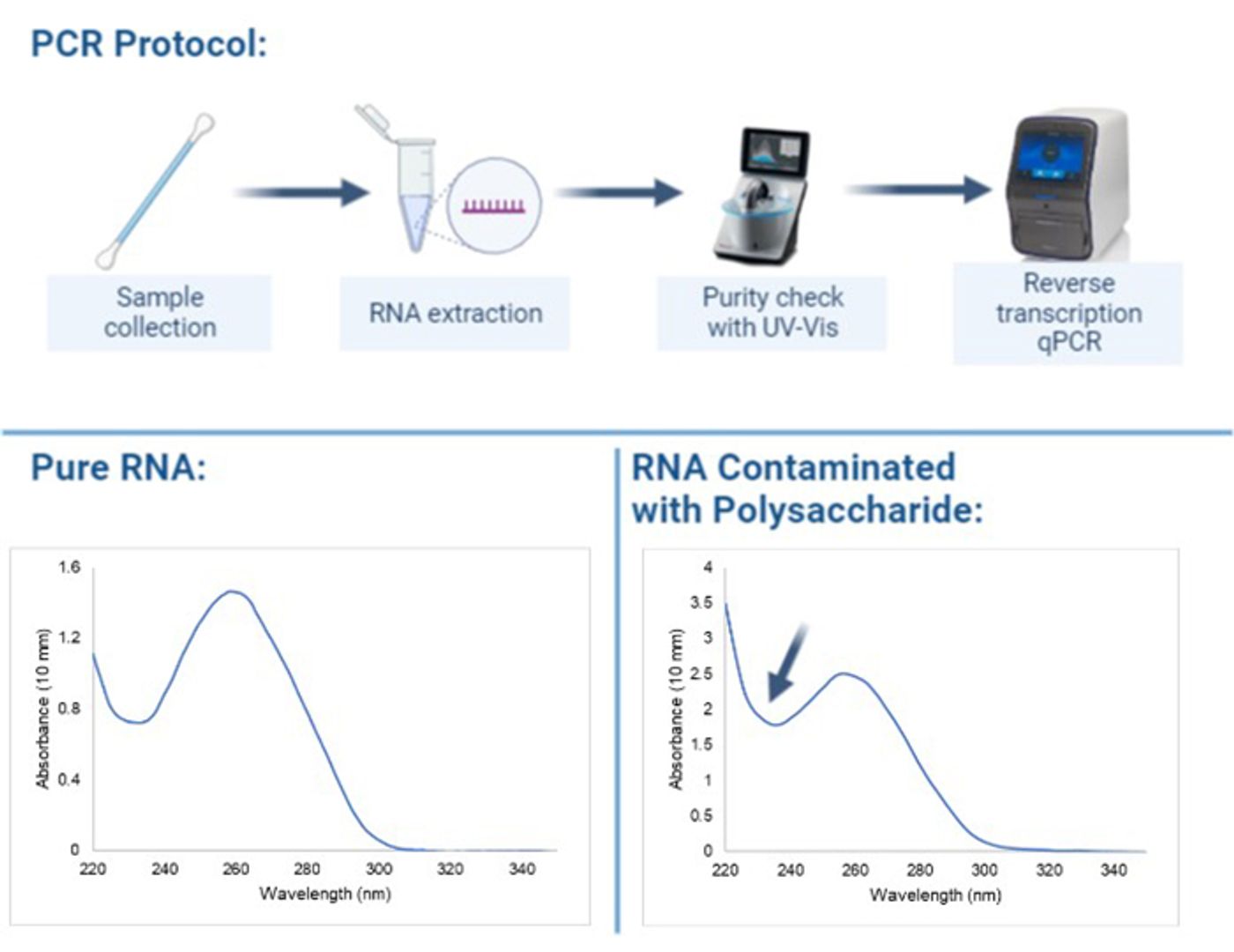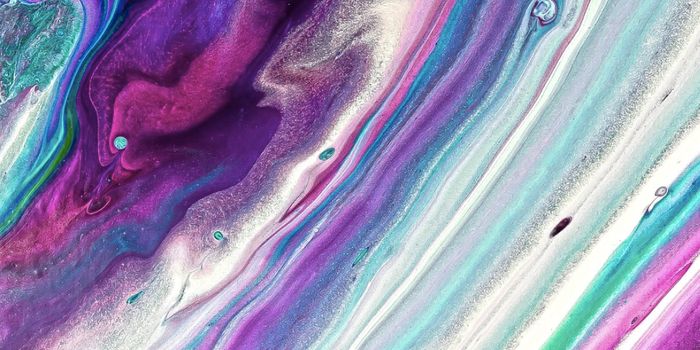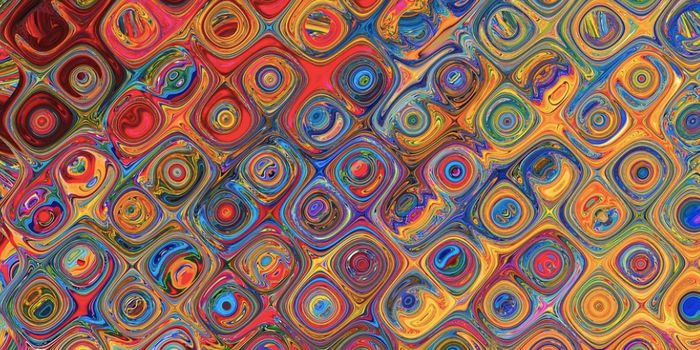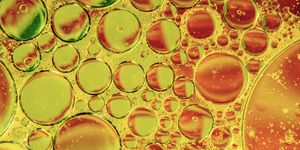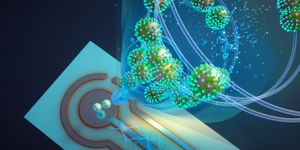Thermo Fisher Scientific Inc. (NYSE: TMO) is the world leader in serving science, with annual revenue of approximately $40 billion. Our Mission is to enable our customers to make the world healthier, cleaner and safer. Whether our customers are accelerating life sciences research, solving complex analytical challenges, increasing productivity in...
Failed NGS or qPCR? Spectrophotometry can tell why
How does UV-Vis spectrophotometry help with the understanding of failed reactions?
Genomic analyses, such as next-generation sequencing (NGS) and quantitative polymerase chain reaction (qPCR), require pure nucleic acids and accurate analyte concentrations to perform successful reactions. The purification process to access this genetic material uses methods that rely on detergents, mechanical disruption, and heat to disrupt the cellular structures of nuclei, ribosomes, bacteria, and viruses. Nucleic acid is then purified by performing a solvent extraction, alcohol precipitation, and salting-out.
Contaminants can copurify with nucleic acids
Isolation of nucleic acids (including various forms of DNA and RNA) may be needed from cell harvest, PCR, restriction enzyme digest, agarose gel, and other sources. Several avenues in nucleic acid extraction protocols inadvertently allow the co-precipitation of contaminants owing to the type of starting material or the chosen extraction method (Table 1). In some cases, changing the method or adding another purification step can mitigate or eliminate the copurification issue. However, when contamination remains an issue, it is important to learn as much as possible about the impurities that can denature enzymes, block templates, or otherwise lead to failed chemical reactions necessary for downstream applications.
Table 1. Contaminants in nucleic acids associated with starting materials and extraction methodsPeaks and troughs help expose nucleic acid purity
Ultraviolet-visible (UV-Vis) spectrophotometry is a simple, direct, ubiquitous technique to quickly measure nucleic acid concentration and assess purity. The Thermo Scientific™ NanoDrop™ One/OneC Microvolume UV-Vis Spectrophotometer requires just 1–2 µL per sample, provides helpful contaminant information through advanced software algorithms to evaluate spectral data and purity ratios, and helps prevent costly troubleshooting from failed downstream reactions.
Purity ratios
Nucleic acids have traditionally been quantified and qualified by determining the UV absorbance at three analytical wavelengths: 230 nm, 260 nm, and 280 nm. In a full spectrum, there is a trough at 230 nm and, due to aromatic base moieties within the structures of DNA and RNA, a characteristic peak at 260 nm whose intensity is proportional to the concentration of nucleic acid. The absorbance at 280 nm is attributed to the aromatic amino acids in purified proteins. These absorbance measurements allow scientists to measure nucleic acid concentration, offer an indication of sample purity from the absorbance purity ratios (Table 2), and can provide information about contaminants in a nucleic acid sample.
Table 2. Expected purity ratios for “pure” DNA and RNAMany contaminants left over from extraction protocols absorb at either 280 nm or 230 nm and are reflected in the reported purity ratios. If the A260/A230 purity ratio is lower than expected, this indicates contamination at 230 nm. For example, salts and polysaccharides absorb in this low-UV region, resulting in a lower-than-expected A260/A230 purity ratio attributed to the increased absorbance at 230 nm (Figure 1, Bottom).
Figure 1. Top: Suggested protocol for qPCR with a UV-Vis quality and quantity checkpoint after extraction. Bottom: Comparison of spectra for pure RNA versus RNA contaminated with polysaccharide
Advanced software algorithms improve analysis
The Thermo Scientific Acclaro™ Sample Intelligence Technology built into the NanoDrop One/OneC software takes contaminant identification a step further. The Acclaro technology currently supports detection of RNA, protein, phenol, and guanidine hydrochloride in dsDNA samples. The technology also supports detection of DNA, protein, phenol, and guanidine isothiocyanate in RNA samples as well as DNA in protein samples.
Prescription for success
To identify common contaminants in purified nucleic acids that can cause the failure of downstream reactions, you need a reliable tool, like the NanoDrop UV-Vis spectrophotometer. Including the NanoDrop One/OneC instrument as a quick and simple QA/QC step before NGS or qPCR offers the insight needed to avert failed reactions by preventing or otherwise mitigating finicky extraction contaminants.


